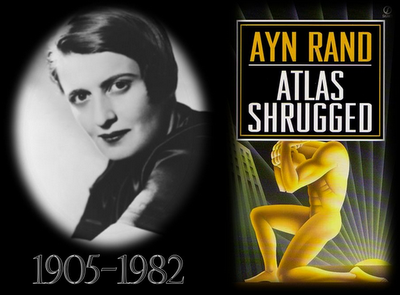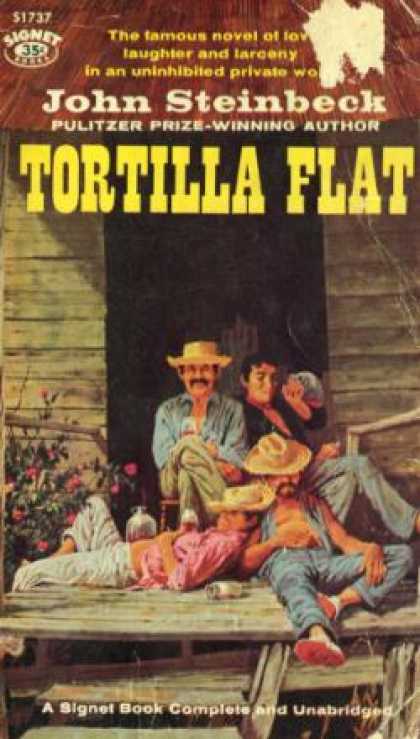The exciting part of the novel was thinking about the trip Paulo Verano, a Doctor of Ecology, made from his home planet of Bachman to the planet of Stittara.The novel starts off with Paulo Verano going through a nasty divorce on the planet Bachman. Since he lost most of his monies via the settlement, he jumps at the chance to go to a new planet and examine it’s ecological status. Considering Bachman gets it’s life doubling anagathics from Stittara, it’s in their best interest that everything is okay ecologically. Paulo wins the contract to check out Stittara’s environmental balance and report his findings to Unity’s Systems Survey Service on the planet Bachman. This is the fun part, Paulo figures that a round trip to Stittara and one month on the job will take about three months, even though the planet is 73 light years away. Some fast spaceship, right? Well, remember Albert Einstein’s theory of relativity, E=MC2? The C being the speed of light. Although Paulo will only be gone three months on his round trip (if he stays there a month),146 years would pass by on Bachman by the time he got back. His monies would have recovered, his wife would be dead or very old and most likely she would have lost interest in Paulo. What a plan!
Once he gets to Stittara, the novel really drags. There are way too many characters and I found it hard to remember who they were and what they did. Then the reader meets the 400 or 500 year old, Ilsabet (she is the one on the book’s cover), who only talks in rhymes. Paulo must deal with countless Multis (corporations?) and staff. His investigations bring him to another boring group called the Outies. And does anybody really know what those skytubes are? Why is the sky a purple/gray, the grass a brownish/purple/gray? We never find out. And what distance does a ‘kay’ represent? It can’t be a mile, or a meter since the author uses those terms in the novel. What time measurement is a ‘stan’, a minute, an hour? Who knows since it’s never explained. Okay, I do get ‘duhlar’ as a substitute for a dollar. And do we have to say oneday, twoday, threeday, etcetera; in lieu of, Monday, Tuesday, Wednesday, etcetera. I’m not even going to get into the characters names, there are way too many with odd names and innuendos. There is actually a conclusion to this novel, since it’s a rare stand alone novel by L.E. Modesitt, Jr., who normally writes a series of books. If you want to know how Paulo’s investigation of Stittara ends, you will have to scuffle through your own copy.
Now, what did I like about this book, besides all the shuteye I got? Well, it was nice to read a book where the characters ate. Yea, they had breakfast, lunch and dinner. Paulo even exercised some mornings. No, they didn’t go to the bathroom, or have sexual contact. I also thought that Mr. Modesitt’s writing skills were superb, he just wrote a tediously dull novel. He had what could have been an interesting plot-line, but he left out all the gusto and gingerbread. Oh well.
RATING: 3 out of 5 stars
Comment: L.E. Modesitt, Jr. is a prolific writer of fantasy and sci-fi novels. His most prodigious series has to be the sixteen book (so far) series called The Saga of Recluse . Goodreads.com says the following about this series: “L.E. Modesitt, Jr.'s best-selling fantasy novels set in the magical world of Recluce are among the most popular in contemporary fantasy. Each novel tells an independent story that nevertheless reverberates through all the other Recluce novels to deepen and enrich the reading experience. As Publishers Weekly says, "Modesitt creates a complex world based on a plausible system of magic and peopled with engaging and realistic characters." Rich in detail, the Recluce books are a feast of wondrous marvels.”
The first novel in the series is The Magic of Recluce . Goodreads.com says the following about the initial novel in the series: “Young Lerris is dissatisfied with his life and trade, and yearns to find a place in the world better suited to his skills and temperament. But in Recluce a change in circumstances means taking one of two options: permanent exile from Recluce or the dangergeld, a complex, rule-laden wanderjahr in the lands beyond Recluce, with the aim of learning how the world works and what his place in it might be. Many do not survive. Lerris chooses dangergeld. When Lerris is sent into intensive training for his quest, it soon becomes clear that he has a natural talent for magic. And he will need magic in the lands beyond, where the power of the Chaos Wizards reigns unchecked. Though it goes against all of his instincts, Lerris must learn to use his powers in an orderly way before his wanderjahr, or fall prey to Chaos.”
The latest novel in the series is Arms-Commander (#16). Goodreads.com Says the following about this novel: “Arms-Commander takes place ten years after the end of The Chaos Balance and tells the story of the legendary Saryn. The keep of Westwind, in the cold mountainous heights called the Roof of the World, is facing attack by the adjoining land of Gallos. Arthanos, son and heir to the ailing Prefect of Gallos, wishes to destroy Westwind because the idea of a land where women rule is total anathema to him.
Saryn, Arms-Commander of Westwind, is dispatched to a neighboring land, Lornth, to seek support against the Gallosians. In the background, the trading council of Suthya is secretly and informally allied with Gallos against Westwind and begins to bribe lord-holders in Lornth to foment rebellion and civil war. They hope to create such turmoil in Lornth that the weakened land will fall to Suthya. But Zeldyan, regent of Lornth, has problems in her family. To secure Zeldyan’s aid, Saryn must pledge her personal support—and any Westwind guard forces she can raise—to the defense of Zeldyan and her son. The fate of four lands, including Westwind, rests on Saryn’s actions.”
L.E. Modesitt has many famous quotes, including this one from The Parafaith War : “The only absolute truth is change, and death is the only way to stop change. Life is a series of judgments on changing situations, and no ideal, no belief fits every solution. Yet humans need to believe in something beyond themselves. Perhaps all intelligences do. If we do not act on higher motivations, then we can justify any action, no matter how horrible, as necessary for our survival. We are endlessly caught between the need for high moral absolutes—which will fail enough that any absolute can be demonstrated as false—and our tendency for individual judgments to degenerate into self-gratifying and unethical narcissism. Trying to force absolutes on others results in death and destruction, yet failing to act beyond one's self also leads to death and destruction, generally a lot sooner.”
And finally a quote so true: “If you do good because you expect to be rewarded, it is greed.”


.jpg!Blog.jpg)